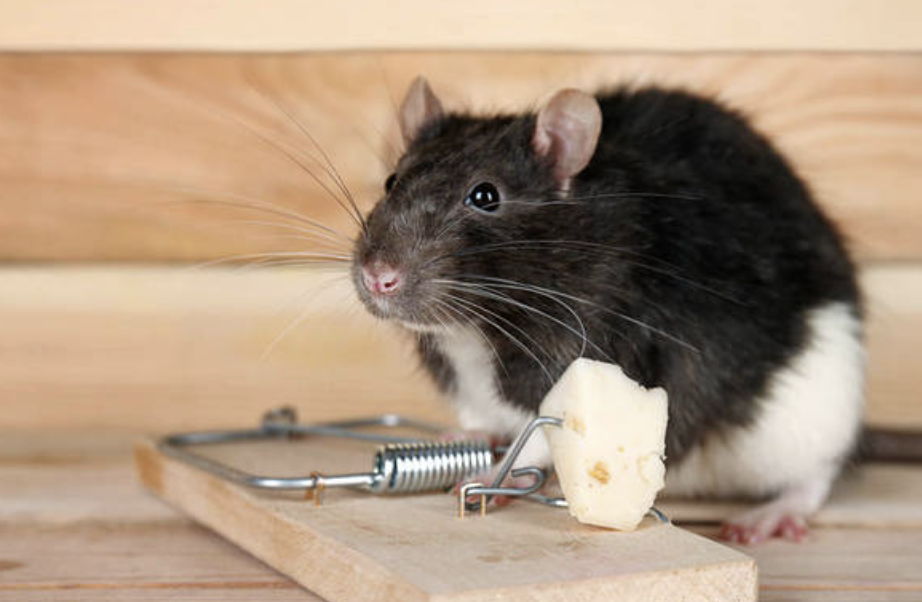Click to Get Big Benefits
-
Rodent Removal Service

-
Hair Transplant Near Me

-
How to Get Rid of Mice

-
Catching Mice Humanely and for Free

-
Hair Transplant

-
Multi-Catch Mouse Trap


While the thought of catching mice might evoke images of old-fashioned traps and cheese, modern methods of rodent control have evolved significantly. This article will explore various techniques, both traditional and innovative, for effectively catching and controlling mice in your home or workplace.
Understanding Mouse Behavior

Before attempting to catch a mouse, it’s essential to understand their behavior. Mice are nocturnal creatures, meaning they are most active at night. They are excellent climbers and can squeeze through incredibly small spaces, often entering homes through gaps as small as a quarter-inch. Mice are also creatures of habit; they tend to travel the same paths repeatedly, leaving behind greasy smudge marks along walls and baseboards.
Traditional Traps

Snap Traps
Snap traps are perhaps the most well-known method of catching mice. These traps use a spring-loaded bar to quickly kill the mouse when it attempts to take the bait. While effective, snap traps require careful placement and frequent monitoring. It’s crucial to set the traps along walls where mice are likely to travel and to use an appealing bait such as peanut butter, chocolate, or cheese.
Glue Traps
Glue traps consist of a sticky adhesive surface that traps the mouse when it attempts to cross. Although these traps are simple to use, they are often criticized for being inhumane, as the mouse may suffer a slow death. Furthermore, glue traps are less effective against larger infestations, as mice can sometimes escape or avoid the trap altogether.
Live-Catch Traps
For those who prefer a more humane approach, live-catch traps offer a way to capture mice without killing them. These traps lure mice inside with bait, then close the door behind them. Once trapped, the mouse can be released far from your home. However, it’s important to release the mice in an appropriate location where they won’t become a problem for someone else.
Modern Methods

Electronic Traps
Electronic traps are a more recent innovation in rodent control. These traps use batteries to deliver a lethal electric shock to the mouse when it enters the trap. Electronic traps are highly effective, quick, and relatively humane, as they kill the mouse instantly. They also have the advantage of being reusable and easy to clean.
Ultrasonic Devices
Ultrasonic devices are designed to repel mice by emitting high-frequency sound waves that are uncomfortable for rodents but inaudible to humans. While these devices are marketed as a non-lethal way to deter mice, their effectiveness is widely debated. Some studies suggest that mice may become accustomed to the sound over time, making these devices less reliable as a long-term solution.
Poison Baits
Poison baits, or rodenticides, are another common method of mouse control. These baits contain chemicals that are toxic to mice when ingested. While effective, poison baits carry significant risks, especially in homes with pets or small children. Additionally, poisoned mice may die in hard-to-reach areas, leading to unpleasant odors and the potential spread of disease.
Prevention is Key
While trapping and killing mice can solve an immediate problem, the most effective way to control rodents is to prevent them from entering your home in the first place. Here are some essential prevention tips:
Seal Entry Points: Inspect your home for gaps, cracks, and holes that could serve as entry points for mice. Seal these openings with caulk, steel wool, or metal mesh.
Eliminate Food Sources: Mice are drawn to food, so it’s crucial to store food in airtight containers and keep kitchen areas clean.
Reduce Clutter: Mice love to hide in cluttered areas, so keeping your home organized and tidy can reduce their hiding spots.
Catching mice is both an art and a science, requiring a combination of knowledge, strategy, and persistence. Whether you choose traditional traps or modern methods, the key to effective rodent control is understanding mouse behavior and taking proactive measures to prevent infestations. By employing a combination of trapping techniques and preventive strategies, you can protect your home from these unwelcome guests and maintain a rodent-free environment.

All News
Others
- Terms of use
- Privacy Policy
